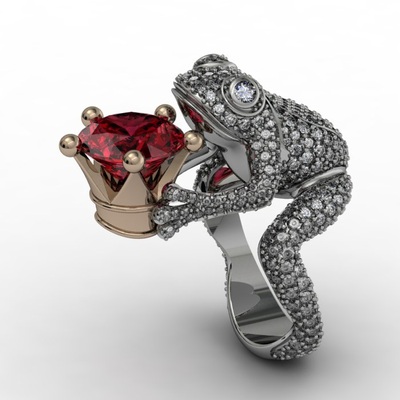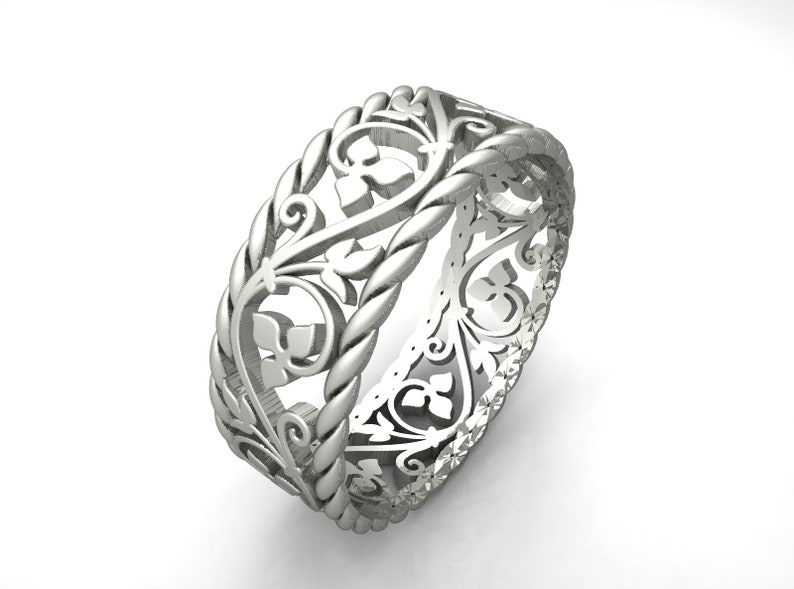

Step Two – Convert the drawing to the STL (“standard tessellation language”) file format, which is a format developed for use in 3D printers. Step One – Produce a 3D model using CAD or equivalent 3D design software. Here are the steps taken in creating a 3D object: The result is a smooth, 3D object that is identical to the original digital model. A 3D printer can read each layer of the design and prints one at a time, seamlessly blending it together as it prints.

Then the design is converted into a digital file that slices the model into hundreds or thousands of layers. The scanner works by making a copy of the object and then putting it into a 3D modeling program. The process of printing a 3D object begins with creating a digital design in a 3D modeling program (such as CAD) or scanning an existing object using a 3D scanner. It wasn’t until recent years that 3D printing became affordable enough to reach a wide audience, which has driven more innovation and spurred a lot of media coverage. This technology was originally used for creating prototype designs as part of the manufacturing process. Hull holds various patents that are still used in modern 3D printing. In 1983, Charles Hull created a process called stereolithography (SLA), which made it possible to form solid objects based on 3D models using CAD (computer aided design). How It All Got StartedĪlthough 3D printers have gotten a lot of attention lately, this technology is far from new. Some consider this technology revolutionary for its potential to create brand new types of products and eliminate costly and inefficient manufacturing processes.
CAD PROGRAM FOR 3D PRINTING JEWELRY SOFTWARE
Virtually anything designed using modeling software can be created by a 3D printer, including toys, instruments, jewelry, and even weapons. Three-dimensional printing, or additive manufacturing, is the process of using additives, such as plastic, to create a physical object based on a 3D model. What is 3D Printing & How Does 3D Printing Work?


 0 kommentar(er)
0 kommentar(er)
